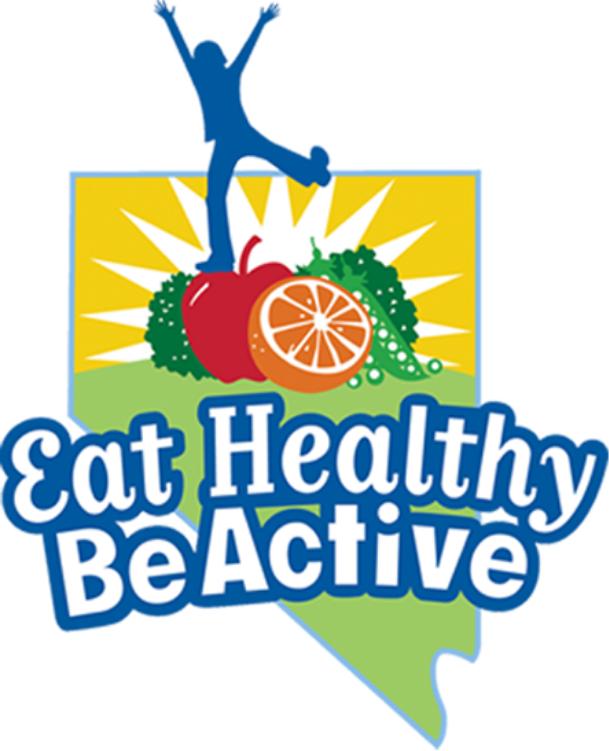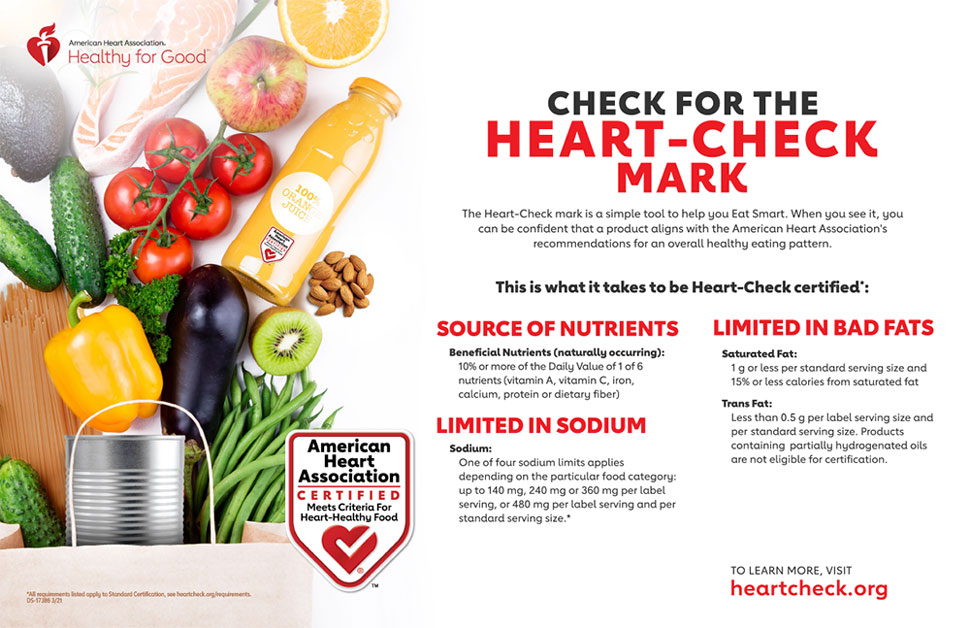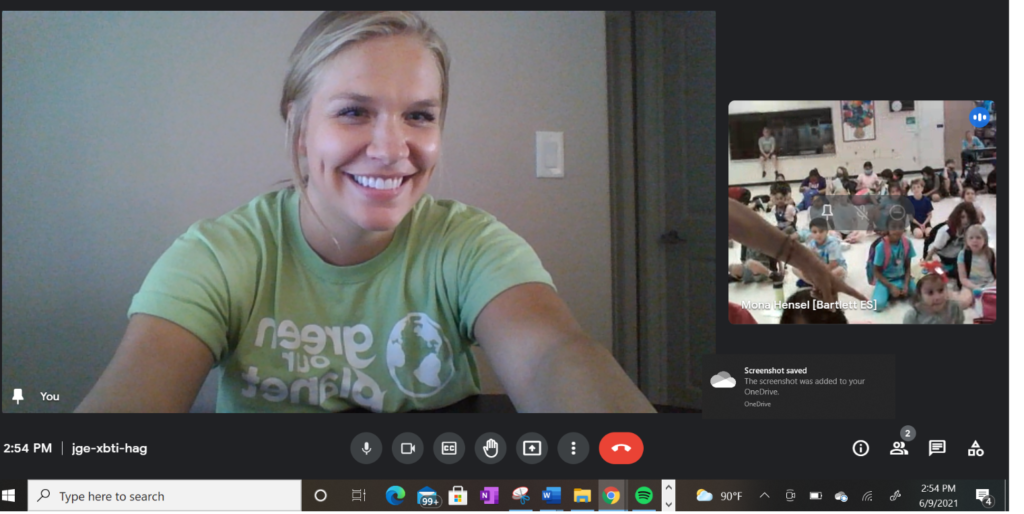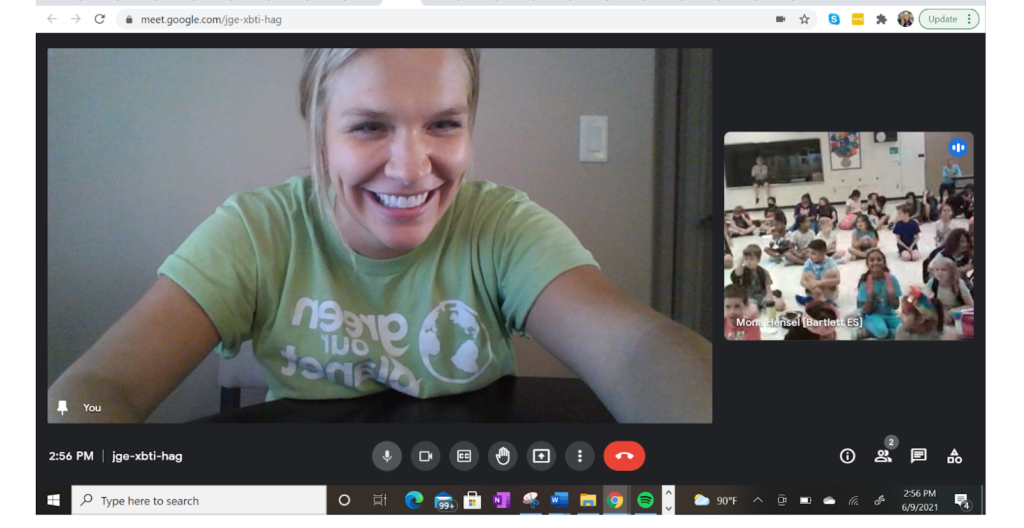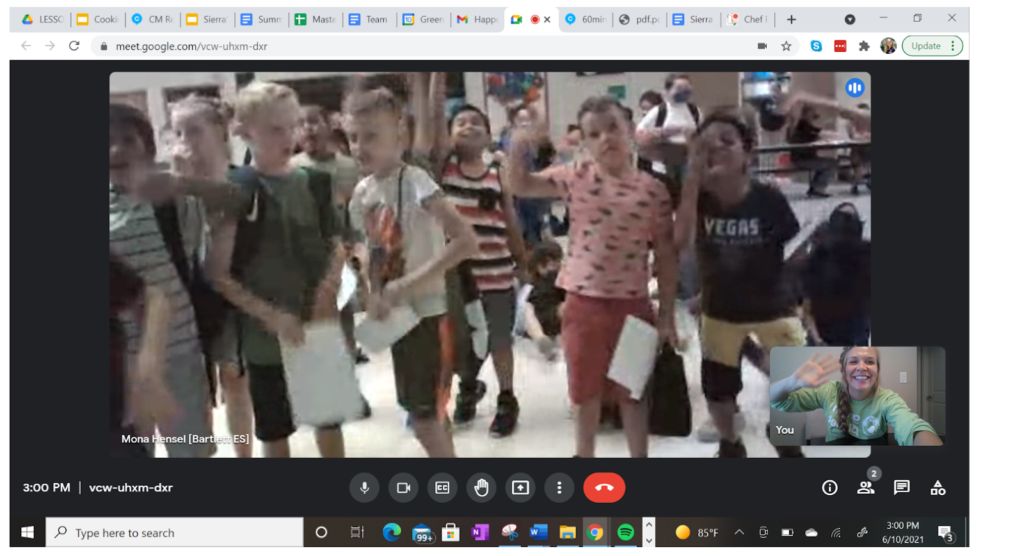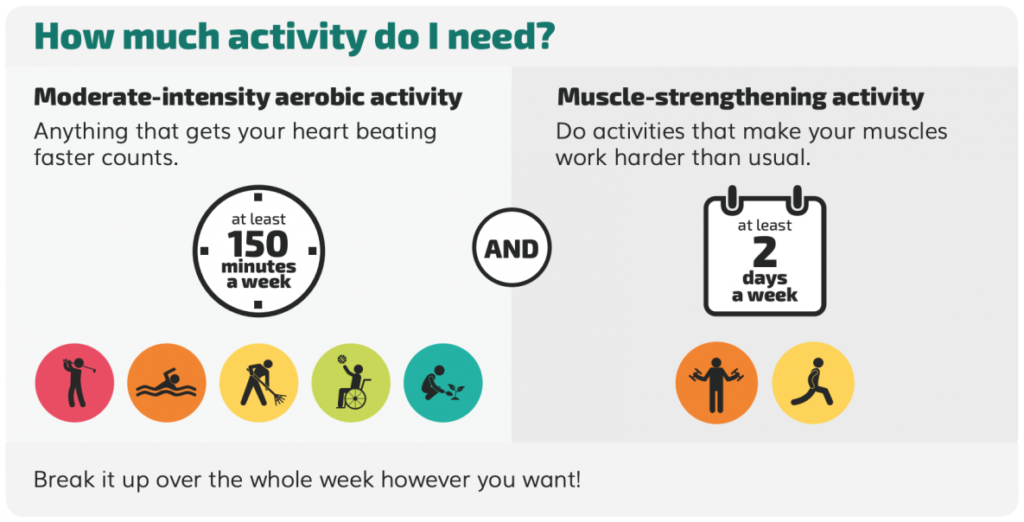Regular physical activity during childhood is crucial for fostering a healthy and long life by preventing various health conditions. It’s essential that physical activity for kids is fun and enjoyable, which can include any activities they like, whether structured or unstructured.
The physical activity recommendations for children are 60 minutes every day. The best part is the recommended time does not have to happen all at once. When children are moving their bodies throughout the day that will help them meet the recommendations.
Be cautious about the hot weather! The best time for kids to exercise during rising temperatures is early in the morning or late in the evening to avoid the hottest part of the day.
Don’t forget to stay hydrated! With temperatures rising it’s important to keep children hydrated. Hydration is very important because low water intake can result in dizziness, tiredness, headaches, confusion, and more. Water is a great drink choice for kids! For more information and water infused recipes, please visit here.
Fruits & veggies are also a great way to keep your kids hydrated. Not only will they help with hydration, but your children will also be receiving a variety of nutrients. Here are some water-rich fruits & veggies: watermelon, strawberries, oranges, cucumber, celery, bell peppers, and lettuce.
Ideas for increasing physical activity in kids
- Walking or biking to and from school
- Joining a sport club at school or community
- Daily recess at school
- Classroom physical activity breaks
- Household chores (sweeping, picking up trach, making the bed, wipe tables and counters)
- Turing commercial breaks into fitness break (jumping jacks, push-ups, sit-ups, squats, burpees)
- Doing active things with friends like riding bikes or playing outdoors
- Playing with a pet
- Having a family garden
- Having a family dance after chores are done
Make safety a priority! Always provide protective equipment such as helmets, wrist pads, or knee pads for physical activities such as riding bicycles, scooters, skateboarding, and roller skating. Ensure that the activities are appropriate for the age of your child.
To find more ideas for physical activity and information, please visit here.
This issue was written by Ana M Nunez Zepeda, NDTR.
